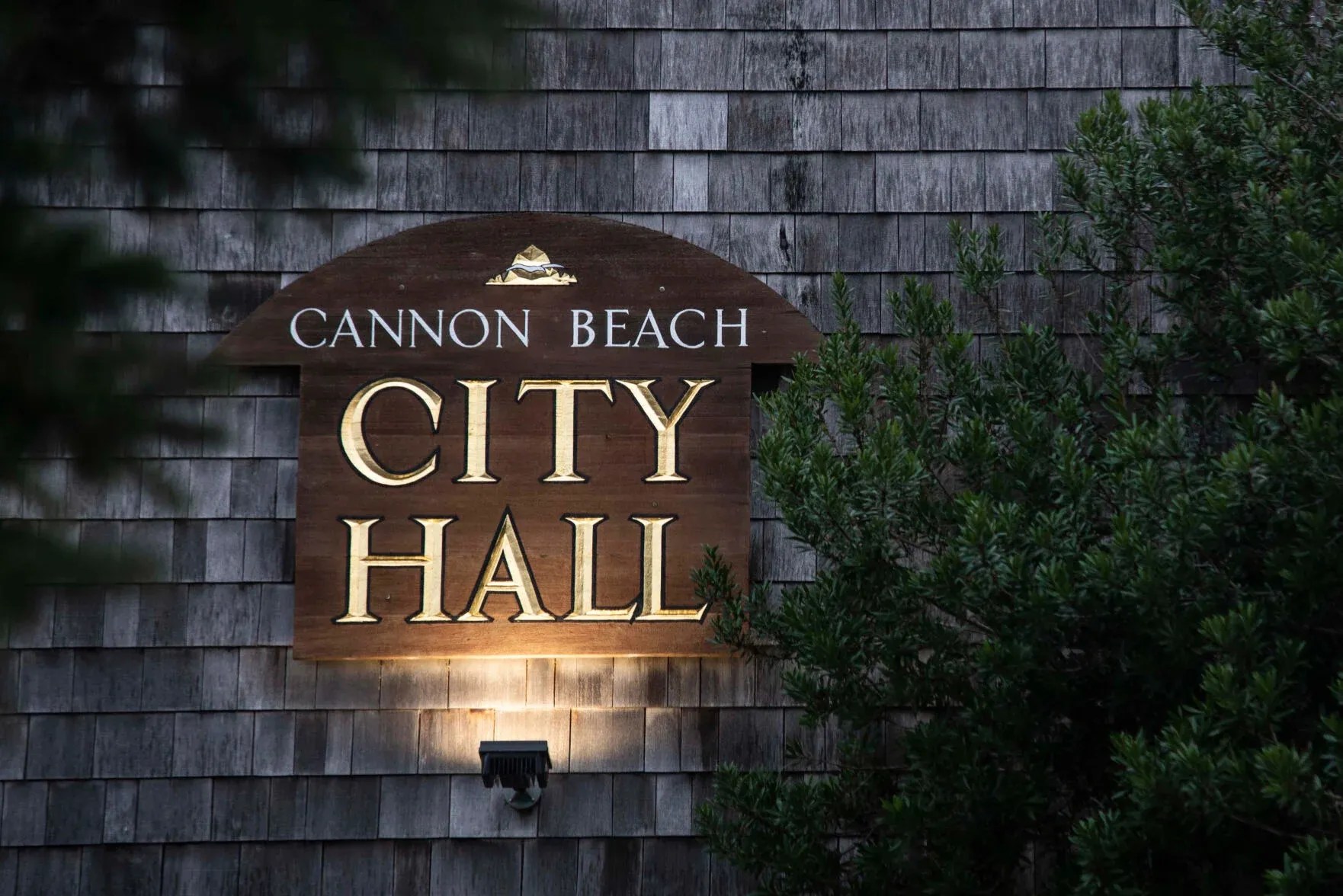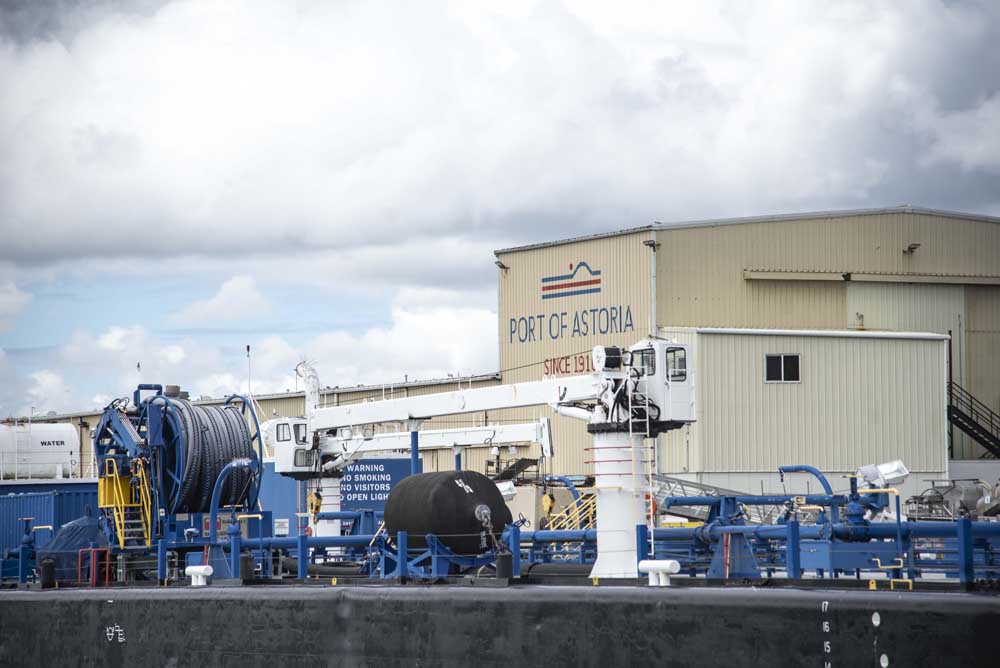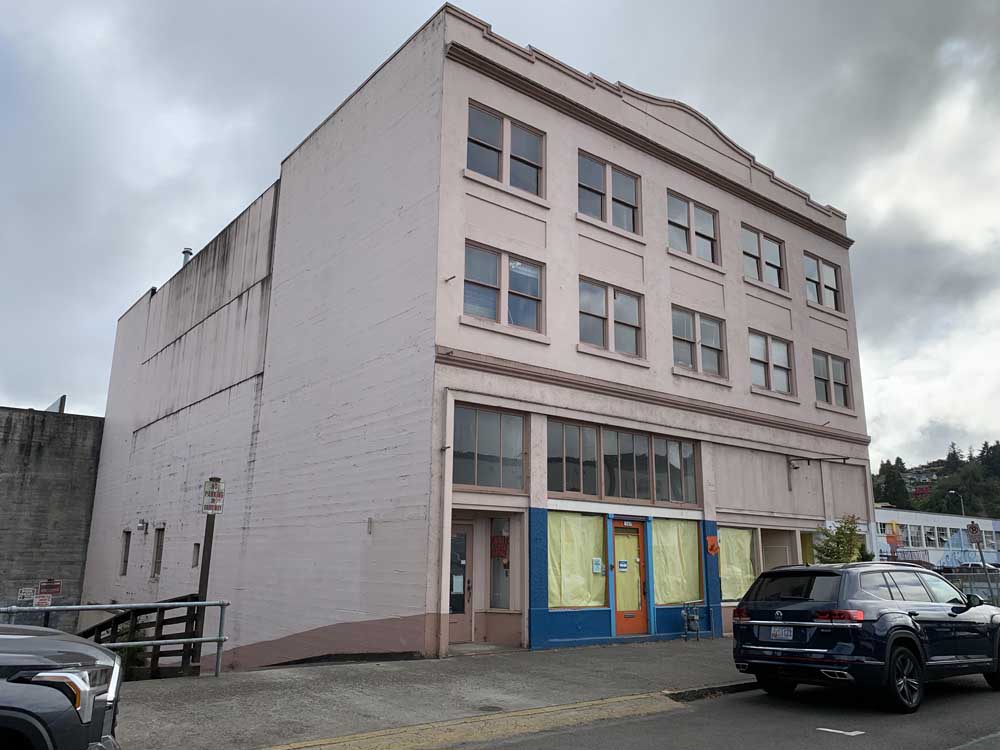Local kiln impact spans Pacific Rim
Published 4:42 am Monday, October 8, 2018

- The new anagama kiln includes portholes for viewing and stoking the multiday fires.
Richard Rowland’s Astoria Dragon Kiln, built in 1981, has impacted thousands of people, from local friends and his students at Clatsop Community College to visiting artists from around the world, including indigenous Maori clay workers from New Zealand.
When it came time to name and christen the kiln’s new-and-improved successor, built over the past several years, Rowland, who is Native Hawaiian, reached out to his Polynesian brethren from across the Pacific Ocean.
A contingent of visiting Maori artists from the country’s national clay working collective on Sunday named the kiln Ahikaaroa, or long-burning fire, in honor of two of their late founders, before starting the inaugural firing.
Anagama, translated to cave kiln, is an ancient method of clay-firing brought to Japan in the fifth century from Korea and China that involves building a kiln chamber into a sloping tunnel. A friend originally brought the idea of an anagama kiln to Rowland from Asia, feeling it would fit with the abundance and topography of the North Coast.
“We had a lot of wood,” said Rowland, a ceramicist. “The slope was right. It fit the ecological situation.”
Rushing flames and superheated ash from fires inside the kiln, stoked continuously for around 100 hours at up to 2,300 degrees Fahrenheit, mark and glaze the clay pieces. Each firing requires several cords of wood, stacked in walls under cover around the kiln.
Rowland meticulously arranged the pieces — from pots, plates and eggs to whistles, faces and the imprints of clenched fists — from local artists and the visiting Maori beforehand to best catch the updrafts of flame and avoid damage by wood continuously fed into the kiln from stoking holes during the firing.
Rowland’s original kiln, built in the early 1980s out of brick salvaged from former Columbia River canneries, has gone through an estimated 100 to 150 firings. It has long provided soup bowls for fundraising feasts supporting The Harbor, a local advocacy group for victims of sexual and domestic violence, and the Tillamook County Women’s Resource Center. Pieces fired in the kiln have spread around the world and throughout the North Coast, most notably throughout Columbia Memorial Hospital in Astoria.
But over the years, the Astoria Dragon Kiln has slowly deteriorated, losing its ability to retain heat and dropping bits of brick on pieces being fired. Several years ago, Rowland began planning his new, more technically advanced anagama kiln, visiting Japan, Korea and Australia to consult experts in the style.
Big River Construction excavated into the hillside below his first kiln, creating a 23-degree incline from the entrance to the chimney uphill for the best updraft of flames. The new kiln lays on a cement foundation complete with an underground drainage system.
The main chamber is lined with alumina-infused bricks specially designed to reflect flames and hold up amid the high-temperature firings. Sensors allow Rowland to monitor the temperature in different parts of the chamber. A carbon scrubber cleans emissions as they flow from the chamber to the chimney. Portholes along the chamber allow the around-the-clock shifts to view and feed the fires.
Rowland has had a continuing exchange with Maori clay artists from New Zealand over the past decade. Several of the artists visited in 2012 and 2015 as part of Pacific Rim art exhibits at the college. Two of them, Manos Nathan and Colleen Waata Urlich, helped found Nga Kaihanga Uku, the national Maori clay workers collective in New Zealand. Both died shortly after a visit to the North Coast by Urlich and others in 2015.
Rowland had thought of naming his new kiln the second-generation Astoria Dragon Kiln, but thought of his fellow Polynesians across the Pacific. The Maori brought a contingent of nine artists, including the other three surviving founders of the collective — Paerau Corneal, Baye Riddell and Wi Taepa — for workshops and cultural events throughout October. They brought clay pieces to fire in Rowland’s kiln, along with remembrances of Urlich and Nathan.
“It is quite significant for us to be here to remember Colleen and Manos,” Corneal said.
Maori often take remembrances of the family of the departed as a way to mourn while also strengthening family connections. As a Native Hawaiian, Rowland is like a Polynesian cousin to the Maori, Riddell said.
Ahikaaroa refers to the traditional village fire kept burning at all times in precolonial New Zealand, or Aotearoa in Maori. It was also the name of Nathan’s kiln in the Waipoua Forest on the North Island of New Zealand.
Over the next several days, six-hour shifts will continuously monitor and stoke the kiln, slowly building the temperature inside to more than 2,300 degrees. After holding the maximum temperature for a day, the kiln will be slowly cooled until late next week, when potters will get a chance to view their pieces.
Carla Ruka, one of the visiting Maori artists, said one of the joys of firing in an anagama kiln is the surprise of seeing how pieces turn out.
“There’s only a certain degree of control you have over the colors,” she said. “At the end of the day, the fire’s going to make the big choice itself.”





